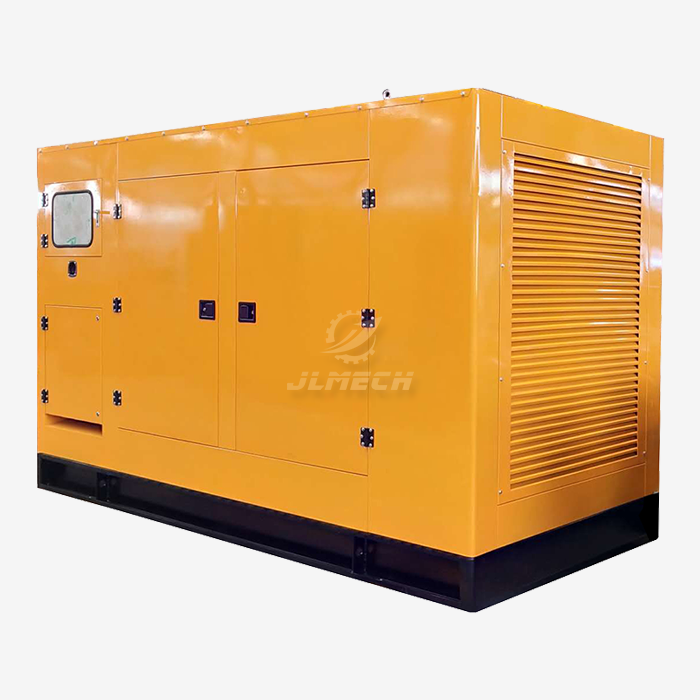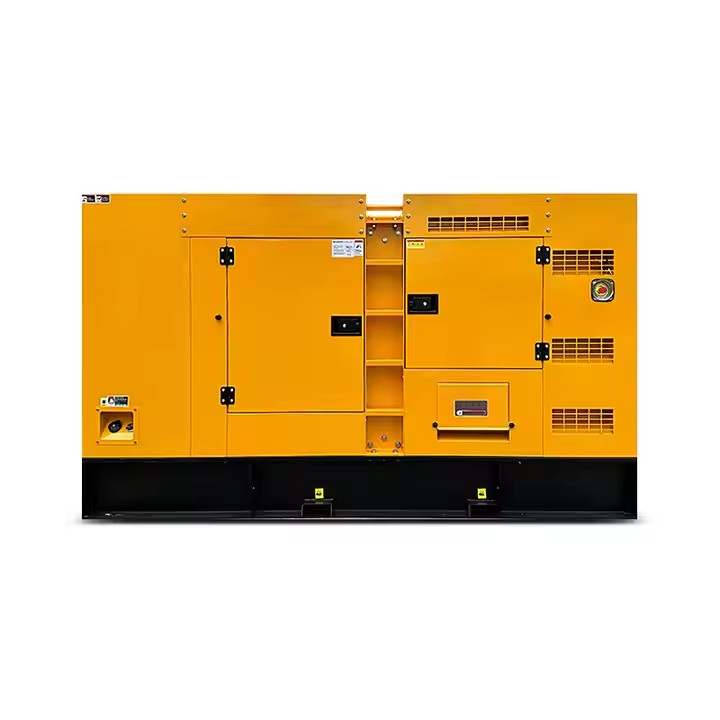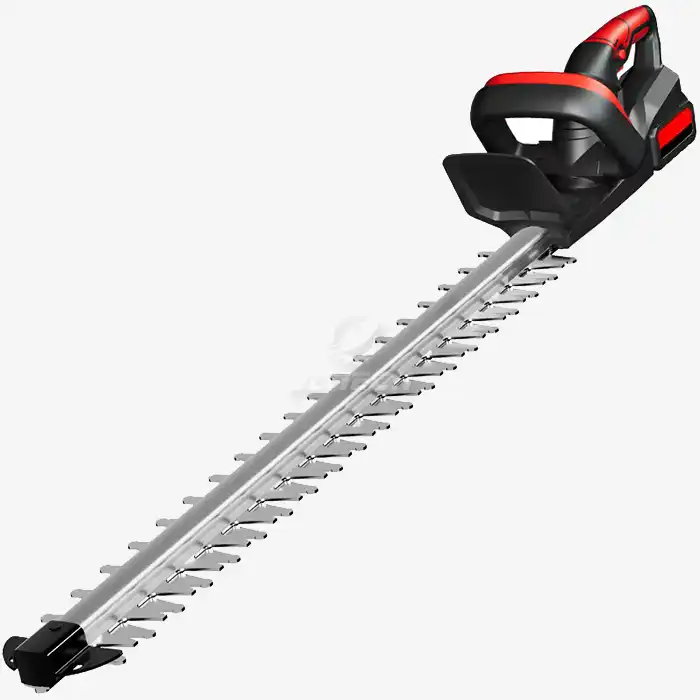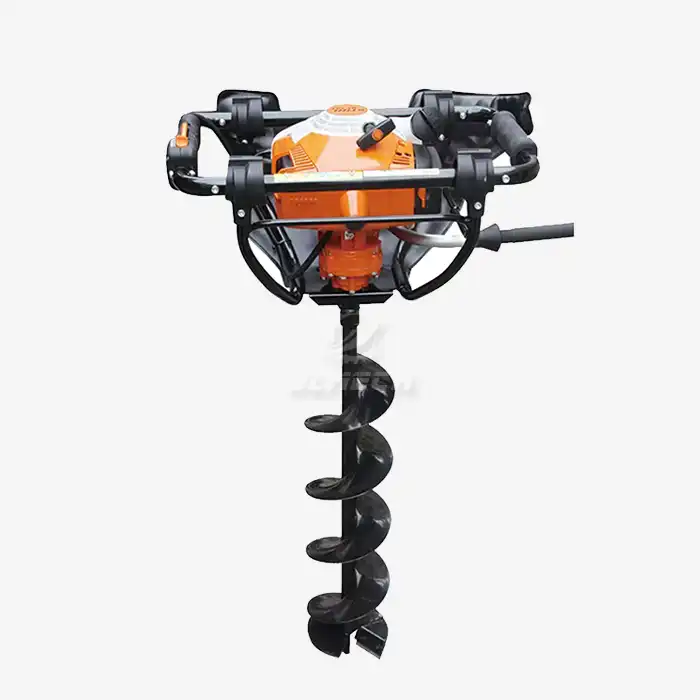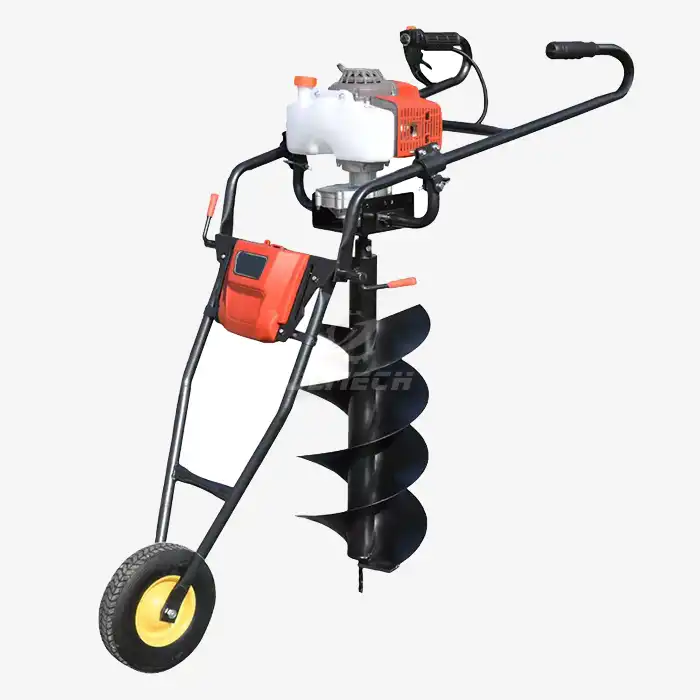Where should the oil cooler be placed?
In diesel generator design and maintenance, proper cooling system configuration is crucial for optimal performance and engine longevity. The placement of the Diesel oil cooler significantly impacts heat dissipation efficiency, maintenance accessibility, and overall system reliability. Understanding the ideal positioning of the Diesel oil cooler requires careful consideration of airflow patterns, thermal management, and service requirements. This comprehensive guide examines the critical factors influencing oil cooler placement to help you achieve optimal cooling performance while ensuring practical maintenance access and system integration.

Fundamental Placement Principles
The location of your Diesel oil cooler should follow several key principles to ensure efficient operation and serviceability:
Adequate Airflow Access: Position the cooler where it receives maximum clean, uninterrupted airflow to facilitate efficient heat transfer from the oil to the atmosphere.
Proximity to Heat Source: Install the cooler as close as practically possible to the engine to minimize oil line length, reducing pressure drops and maintaining optimal oil pressure throughout the system.
Protection from Damage: Locate the cooler where it's shielded from physical impact, debris accumulation, and excessive contamination that could clog fins and reduce efficiency.
Service Accessibility: Ensure sufficient space around the cooler for routine maintenance, cleaning, and potential replacement without requiring major disassembly of other components.
These fundamental principles provide the foundation for determining the optimal placement of your Diesel oil cooler within the generator system.
Front-Mount Configuration
Mounting the oil cooler at the front of the generator is one of the most common and effective placement strategies:
Maximum Airflow Advantage: Front-mounted coolers benefit from direct, high-velocity airflow when the generator's cooling fan is operating, ensuring efficient heat dissipation even under high load conditions.
Simplified Plumbing: This location typically allows for shorter oil line routes from the engine, minimizing potential leak points and maintaining better oil pressure.
Maintenance Considerations: Front-mounted coolers are generally easily accessible for routine cleaning and inspection, though they may require removal of protective grilles or guards in some designs.
Potential Drawbacks: This position exposes the cooler to potential damage from foreign objects and may require more robust construction to withstand environmental challenges.
The front-mount configuration represents a balanced approach that prioritizes cooling efficiency while maintaining reasonable serviceability.
Integrated Engine-Mount Placement
Many modern generators feature engine-integrated oil coolers that offer compact design benefits:
Space Efficiency: Integrated coolers minimize the overall generator footprint by utilizing otherwise unused space on the engine itself.
Reduced Plumbing Complexity: Direct engine mounting significantly shortens oil passages, reducing potential failure points and installation time.
Optimized Heat Transfer: Proximity to the heat source allows for rapid heat capture and dissipation before oil temperatures become critical.
Maintenance Challenges: Engine-mounted coolers may be more difficult to access for cleaning and service, potentially requiring partial disassembly for maintenance.
This approach is particularly common in smaller generator sets where space optimization is a primary concern.
Remote Mounting Considerations
In certain applications, remote oil cooler placement becomes necessary or advantageous:
High-Ambient Temperature Applications: When generators operate in extremely hot environments, remote mounting allows placement in cooler, better-ventilated areas.
Space-Constrained Installations: Compact generator designs may necessitate relocating the oil cooler to available space elsewhere in the system.
Enhanced Serviceability: Remote mounting can sometimes improve access for maintenance, though this must be balanced against increased plumbing complexity.
Performance Implications: Remote installations require careful sizing of oil lines to maintain proper pressure and flow rates, with potential need for auxiliary pumps in extensive systems.
Remote Diesel oil cooler placement offers flexibility but requires more sophisticated system design to maintain performance.
Airflow Optimization Strategies
Regardless of specific location, optimizing airflow around the oil cooler is essential for performance:
Clearance Requirements: Maintain minimum clearances around the cooler faces as specified by the manufacturer—typically 6-12 inches for adequate airflow.
Air Intake Quality: Position the cooler to draw from the coolest available air source, avoiding proximity to hot components like the exhaust system.
Fan Selection: Ensure the cooling fan is properly matched to the cooler's airflow resistance characteristics to maintain sufficient air movement across all operating conditions.
Ducting Considerations: In some applications, strategic ducting can improve airflow distribution across the cooler core, enhancing overall efficiency.
Proper airflow management ensures your Diesel oil cooler operates at peak efficiency regardless of its specific placement within the system.
Installation Best Practices
Correct installation techniques are crucial for optimal oil cooler performance and longevity:
Mounting Orientation: Install the cooler in the orientation recommended by the manufacturer to ensure proper oil distribution and prevent air trapping.
Vibration Isolation: Use appropriate vibration-dampening mounts to protect the cooler from engine vibrations that could lead to fatigue failure.
Line Routing: Route oil lines to avoid sharp bends, excessive length, and proximity to hot surfaces that could degrade oil quality.
Sealing Integrity: Ensure all connections are properly sealed using manufacturer-recommended methods to prevent leaks and contamination.
Following these installation practices maximizes the effectiveness of your chosen Diesel oil cooler placement strategy.
Maintenance Accessibility
The placement of your oil cooler should facilitate rather than hinder routine maintenance:
Filter Access: Position the cooler to allow easy access to any integrated or nearby oil filters for routine replacement.
Clearing Access: Ensure sufficient space for cleaning cooler fins of debris, which is essential for maintaining heat transfer efficiency.
Inspection Visibility: Locate the cooler where visual inspection for leaks, damage, or corrosion can be performed quickly during routine checks.
Service Clearances: Provide adequate clearance for tool access when connections need to be serviced or the cooler requires replacement.
Balancing performance optimization with maintenance accessibility ensures long-term reliability and reduces service costs.
Environmental Considerations
The operating environment significantly influences optimal oil cooler placement:
Dusty Conditions: In dusty or dirty environments, position the cooler to minimize debris ingestion, possibly incorporating protective screens or different orientation.
Marine Applications: Saltwater environments require corrosion-resistant materials and placement that minimizes salt spray exposure.
High-Vibration Environments: In applications with significant vibration, placement on isolated mounts rather than directly on the engine may be preferable.
Extreme Temperatures: Both very hot and very cold environments may require special placement considerations to maintain oil within optimal temperature ranges.
Environmental factors often dictate specific placement strategies to ensure reliable Diesel oil cooler operation throughout the generator's service life.
Conclusion
The optimal placement of a Diesel oil cooler involves balancing multiple engineering considerations including thermal efficiency, space constraints, maintenance requirements, and environmental factors. While front-mount configurations often provide the best combination of cooling performance and accessibility, integrated and remote placements offer viable alternatives for specific applications. Regardless of the chosen location, proper installation, adequate airflow management, and consideration of maintenance needs are essential for long-term reliability. The right Diesel oil cooler placement strategy ensures your generator maintains optimal operating temperatures, protecting your investment and ensuring reliable performance when needed most.
Our engineering team specializes in optimizing cooling system configurations for diesel generators across all applications and environments. For professional guidance on your specific oil cooler placement needs, contact our technical experts at skala@whjlmech.com.
References
Johnson, M. (2022). Emergency Power Systems: A Comprehensive Guide to High-Speed Diesel Generators. Power Engineering Quarterly, 45(3), 78-92.
Generator Manufacturers Association. (2021). Guidelines for Rating and Application of Generator Sets. GMA Technical Publication TP-101.
International Organization for Standardization. (2018). Reciprocating internal combustion engine driven generating sets — Part 1: Application, ratings and performance (ISO 8528-1:2018).
National Fire Protection Association. (2020). Standard for Emergency and Standby Power Systems (NFPA 110).




